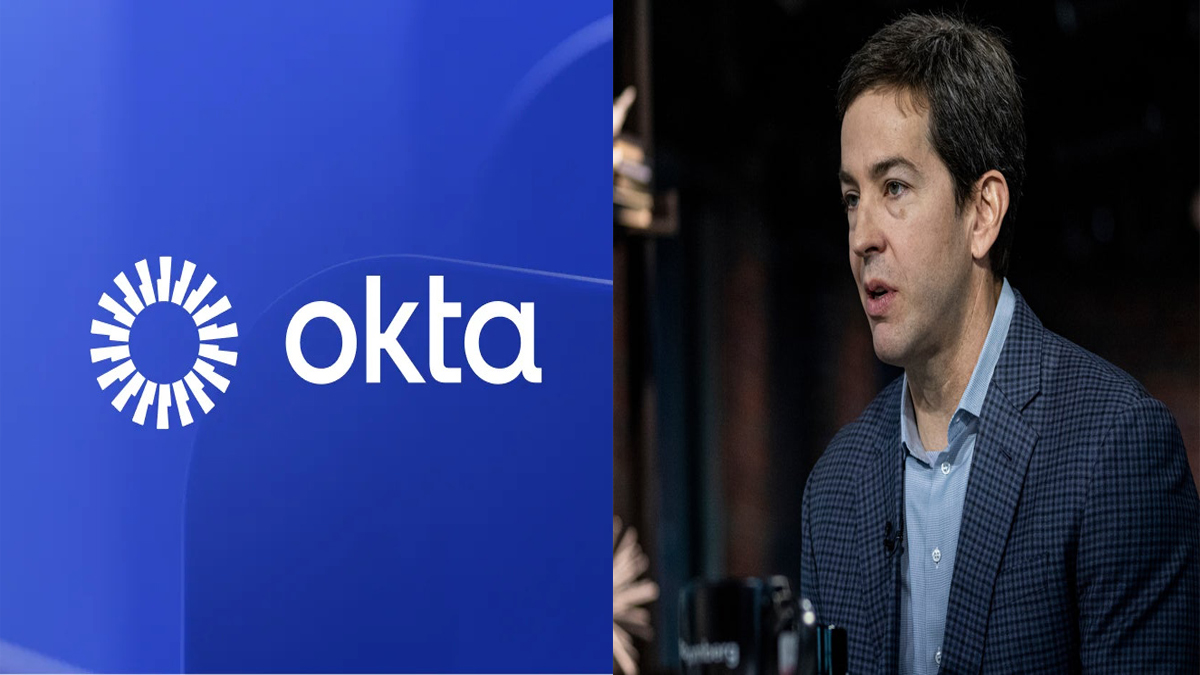On Tuesday, Okta reported earnings and revenue that surpassed expectations, but kept its guidance unchanged as the identity management software firm navigates a challenging economic environment. The shares dropped 11% in after-hours trading.
Here’s a comparison of the company’s performance against LSEG forecasts:
Adjusted EPS was 86 cents compared to the expected 77 cents.
Revenue reached $688 million versus the anticipated $680 million.
For the fiscal first quarter, revenue grew by 12% from $617 million a year ago, with subscription revenue also rising by the same percentage to $673 million.
Okta recorded a net income of $62 million, or 35 cents per share, bouncing back from a net loss of $40 million, or 24 cents per share, the previous year.
The company stated it is adopting a “prudent approach” to its projections by keeping its previous guidance for the fiscal year. Okta has indicated it expects revenue between $2.85 billion and $2.86 billion for the year.
Okta CEO said in an interview
“In considering our future outlook, we are being somewhat conservative due to potential macroeconomic uncertainties ahead,” said CEO Todd McKinnon in an interview. “Overall, we believe we are well-positioned in our identity security market.”
Many companies in the technology sector and other industries have retracted their forecasts since President Donald Trump announced extensive new tariffs in April. Recently, the market has seen a recovery as the administration has retracted or delayed several of these tariffs.
McKinnon noted that conversations with customers have become “more cautious,” but emphasized that the business was not adversely affected in the first quarter.
Current performance obligations reached $2.23 billion, which is above the $2.19 billion estimate from StreetAccount.
